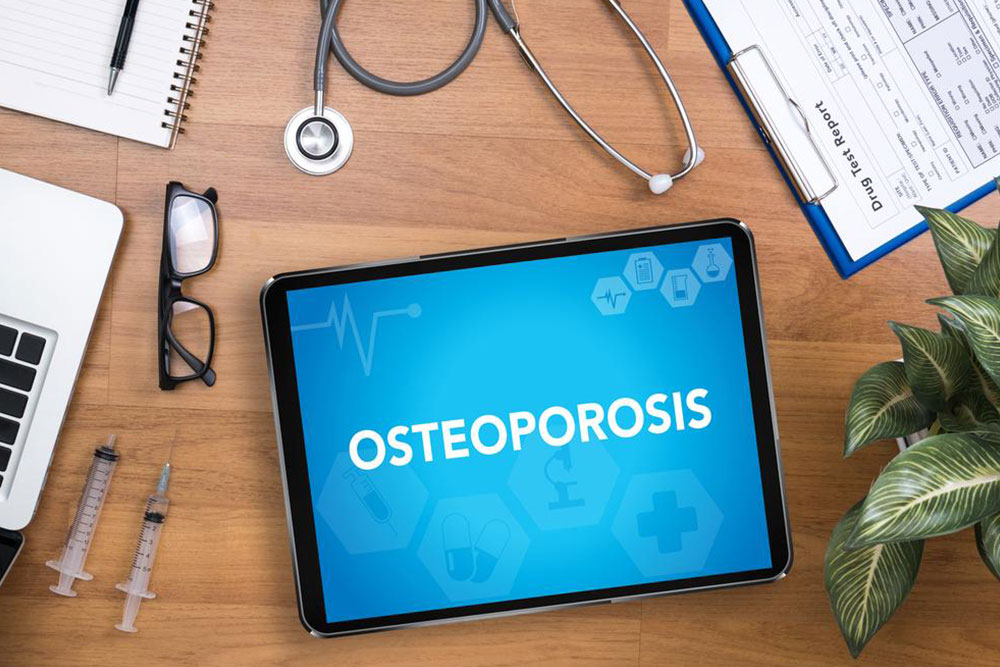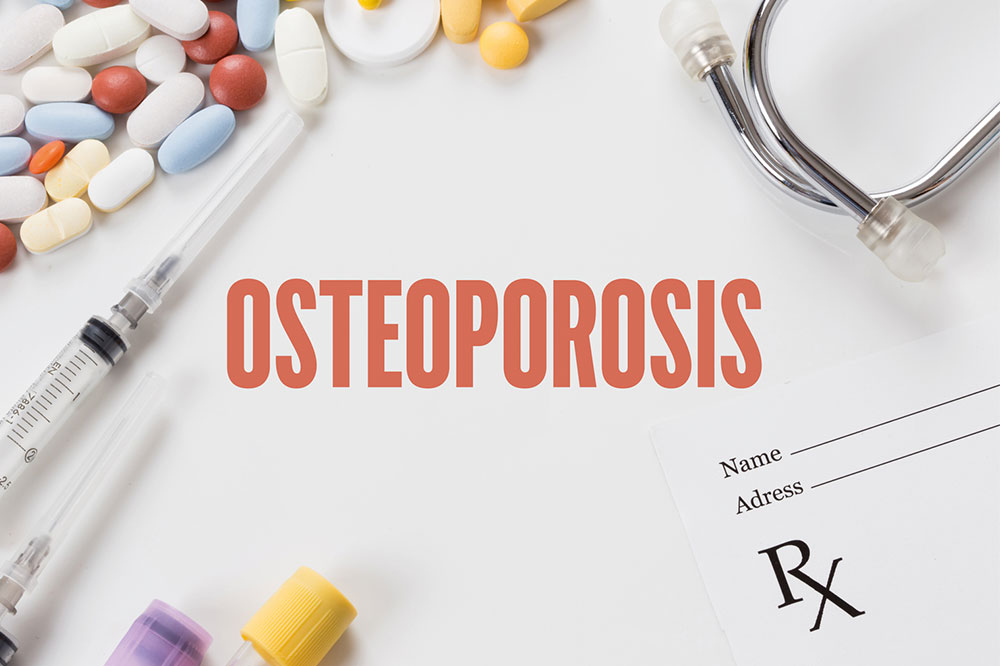Comprehensive Guide to Osteoporosis: Causes, Risk Factors, and Prevention Strategies
This comprehensive article explores osteoporosis, its causes, risk factors, and preventative strategies. Bone health is vital, especially for aging populations. Understanding the disease helps in early detection and effective management of this silent but serious condition, reducing fracture risks and improving quality of life.

Comprehensive Guide to Osteoporosis: Causes, Risk Factors, and Prevention Strategies
Osteoporosis is a widespread condition characterized by weakened and fragile bones, increasing the likelihood of fractures even from minor falls or bumps. Often dubbed a "silent disease," osteoporosis develops gradually over time without obvious symptoms, making early detection challenging. Its development stems from an imbalance in the natural bone remodeling process, where bone resorption exceeds formation. Understanding the causes, risk factors, and preventive measures is crucial for maintaining bone health and preventing debilitating fractures later in life.
Bone is an intricate and dynamic tissue composed primarily of collagen and calcium phosphate, giving bones their strength and structural support. This tissue is constantly being renewed through a balanced process of resorption (breakdown) and formation (building), which occurs throughout a person’s entire lifespan. In a healthy individual, these processes are in harmony, ensuring the maintenance of bone mass and strength.
Disruptions in this delicate balance, influenced by various internal and external factors, can lead to osteoporosis. The entire skeletal system undergoes a natural cycle where bone tissue is replaced approximately every decade, a process regulated by complex cellular activities involving osteoclasts (break down bone) and osteoblasts (build new bone). The maximum bone density, also known as peak bone mass, is typically achieved around the age of 30. After this point, the body's ability to maintain and regenerate bone gradually diminishes, and resorption begins to dominate formation, resulting in a progressive decline in bone density.
Osteoporosis develops when the equilibrium between bone resorption and formation is disturbed. Accelerated resorption, impaired formation, or both can contribute to this imbalance, leading to porous, fragile bones. Several internal and external factors influence this process, including aging, hormonal fluctuations, nutritional habits, physical activity levels, and lifestyle choices.
Age is a primary risk factor, with bone mass declining naturally over the years. Women, especially postmenopausal women, are particularly susceptible due to the sharp decline in estrogen levels, a hormone that plays a vital role in bone preservation. During early postmenopause, women experience rapid bone loss, which continues progressively over the years. While osteoporosis is more common among women, men are also at considerable risk—about one in four men over 50 experience osteoporotic fractures—highlighting the importance of awareness across genders.
Beyond age and gender, other risk factors include genetic predisposition, low calcium and vitamin D intake, sedentary lifestyle, smoking, excessive alcohol consumption, certain medications (such as corticosteroids), and medical conditions like rheumatoid arthritis or hormonal disorders. These factors can accelerate bone loss or impair bone formation, increasing fracture risk and compromising overall skeletal integrity.
Prevention is key in managing osteoporosis. Strategies include maintaining a diet rich in calcium and vitamin D, engaging in regular weight-bearing and muscle-strengthening exercises, avoiding smoking and excessive alcohol, and monitoring bone health through regular screenings, such as bone mineral density scans. In some cases, healthcare providers might recommend medications to slow bone loss and strengthen bones in high-risk individuals.
In conclusion, understanding the causes and risk factors associated with osteoporosis is essential for early intervention and effective management. Promoting healthy habits and timely medical evaluation can significantly reduce the risk of fractures and improve quality of life for older adults and those at risk. With increased awareness and appropriate preventive measures, osteoporosis can be effectively managed, safeguarding skeletal health for years to come.





